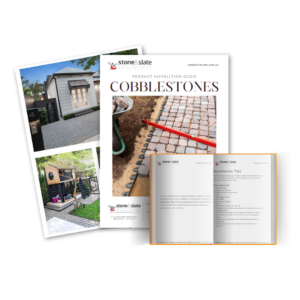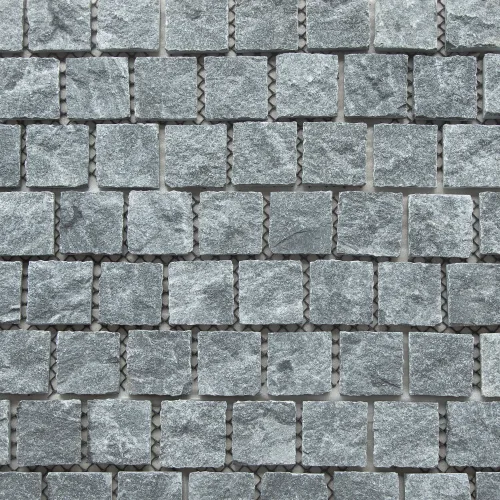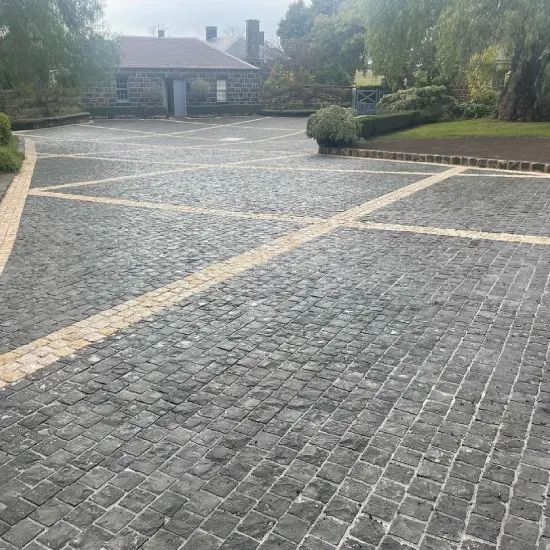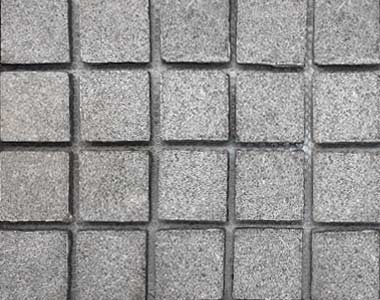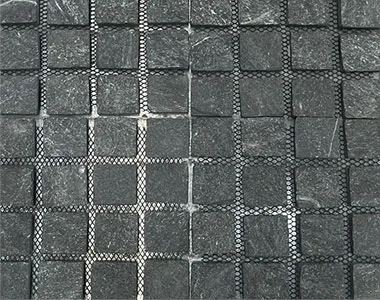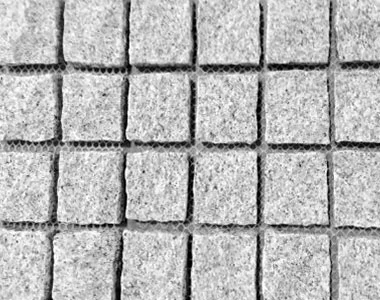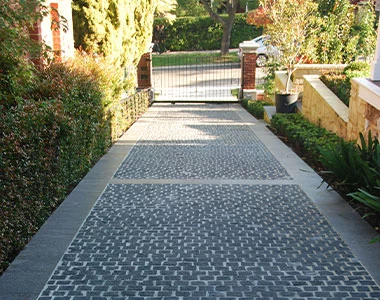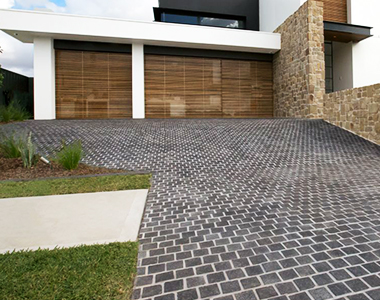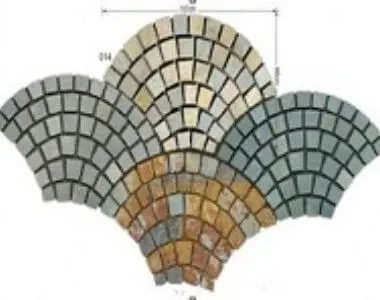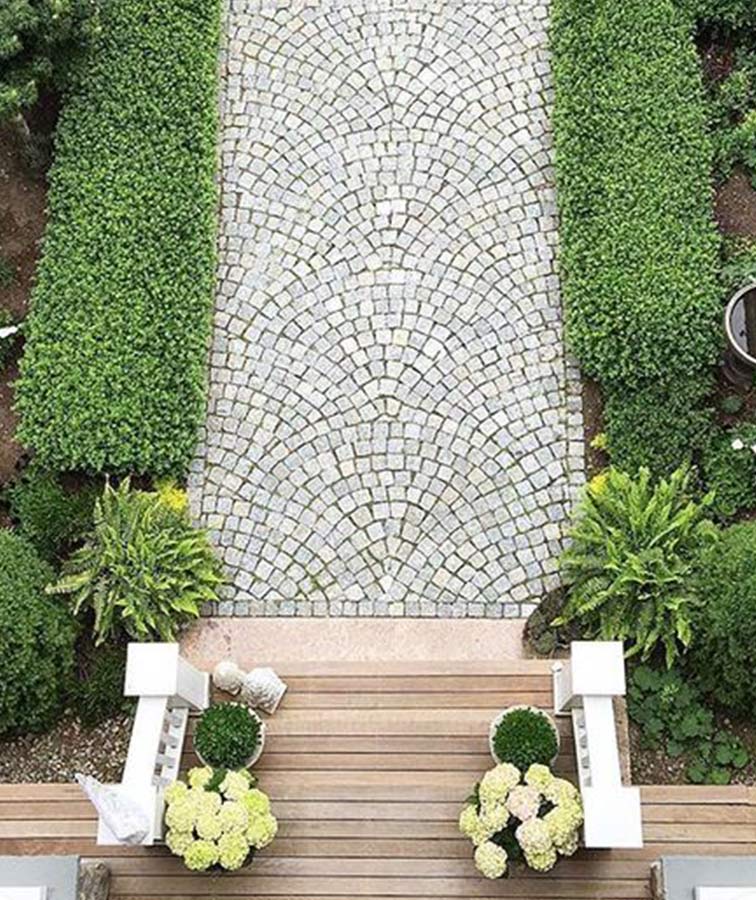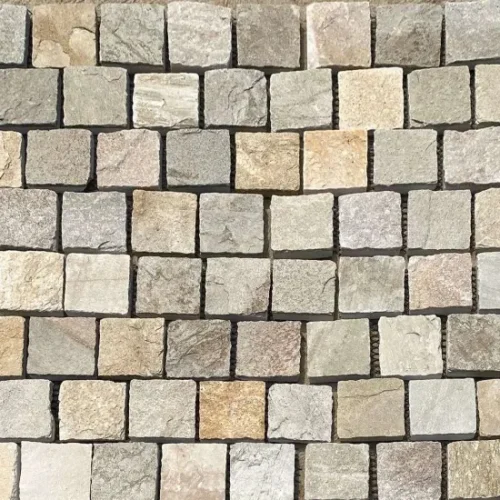
Australia's Cheapest Stone Tiles & Pavers

360,000+ Happy Customers
36 years in business

FREE Express Posted Samples

Fast & Easy Nationwide Delivery
Feel free to read the blog or download our installation guide here
Guide to Installing Natural Cobblestone Pavers
Cobblestone Installation Guide
This guide will walk you through the process of installing cobblestones on a concrete slab.
Preparation
- Assess the Area: Make sure the concrete slab is level, stable, and can support the weight of the cobblestones.
Materials
- Measuring tape
- Chalk or marking tool
- Rubber mallet or wooden block
- Level
- 12mm notch trowel
- Grout float
- Soft brush or sponge
- Bucket
- Damp cloth or sponge for cleaning
- Safety glasses and gloves
- Dust mask
- Wet saw (optional, for cutting stones)
- Sand
- Cement
- Lime
- Plasticizer
- String line
- Cobblestone sheets
- Mortar mix (pre-mixed or sand, cement, lime, and plasticizer)
- Grout
Instructions
Step 1: Mixing the Mortar
- Combine 4 parts white brick sand, 1 part general purpose (GP) cement, and a small amount of lime.
- Add 1 cap of plasticizer to the dry mix.
- Gradually add water while mixing until you achieve a workable consistency that holds its shape without slumping.
Step 2: Setting Up
- Decide on your starting point for laying the cobblestones.
Step 3: Laying the Mortar
- Run a string line along the length where the first row of cobblestones will be placed. This helps ensure straight lines.
- Apply the mortar mix to the concrete slab at a depth of 20mm (adjust for desired height or slope, up to 10mm per meter).
Step 4: Placing the Cobblestones
- Carefully position the cobblestone sheet.
- Use a clean notch trowel to spread the mortar on the sheet.
- Then, use the flat side of the trowel to tap down on the cobblestones, flattening the trowel notches and ensuring good adhesion.
- Check the level of each cobblestone and adjust as needed.
- If using multiple crates of cobblestones, select stones from each crate for a more uniform look.
Step 5: Cleaning & Finishing
- Wash away excess mortar from the grout lines between the cobblestones.
- Smooth out any mortar on the sides of the sheets.
- Reuse leftover mortar for the final row if possible. Otherwise, remove any excess mortar before it dries.
- Once all the cobblestones are laid, ensure there’s no sand and cement protruding above the height of the stones.
Step 6: Grouting
- Mix the grout to a toothpaste consistency (pick it up with your hand, but it shouldn’t ooze through your fingers).
- Use a rubber grout float at a slight angle to push the grout into the lines between the cobblestones.
- Scrape off excess grout with the float held at a 45-degree angle, pulling towards you across the grout lines to avoid pulling grout out.
Step 7: Washing
- Use a grout cleaning system throughout the grouting process to remove any grout residue from the surface of the cobblestones.
- For natural split cobblestones, be extra careful to remove any grout trapped in the uneven surfaces. You can use a small sponge for this.
-
Sale!


Grey Natural Split Cobblestones on Mesh Sheets
$89.00Original price was: $89.00.$69.00Current price is: $69.00. Select options This product has multiple variants. The options may be chosen on the product page -

Raven Natural Split Grey Cobblestones on Mesh Sheets
$95.00 Select options This product has multiple variants. The options may be chosen on the product page -


Raven Exfoliated Grey Cobblestones on Mesh Sheets
$85.00 Select options This product has multiple variants. The options may be chosen on the product page -

Black Quartz Cobblestones on Mesh Sheets
$89.00 Select options This product has multiple variants. The options may be chosen on the product page -
Dove Exfoliated White Cobblestones on Mesh Sheets
Read more -

Dove Natural Split White Cobblestones on Mesh Sheets
Read more -

Midnight Natural Split Black Cobblestones on Mesh Sheets
Read more -

Midnight Exfoliated Black Cobblestones on Mesh Sheets
$89.00 Select options This product has multiple variants. The options may be chosen on the product page -

Porphyry Cobblestones on Mesh Sheets
$89.00 Select options This product has multiple variants. The options may be chosen on the product page -


Fan Cobblestones on Mesh Sheets
Read more -


Golden Quartz Cobblestones on Mesh Sheets
Read more



